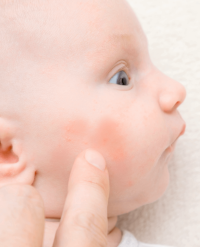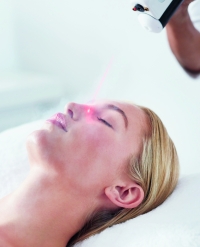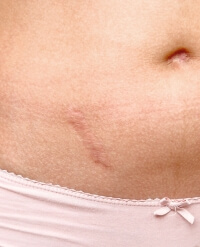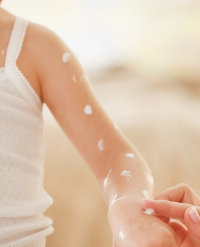
Advice card
Refine search

- Eczema
How to soothe eczema in babies and children
Atopic eczema in babies and children, also known as atopic dermatitis, is a common condition that generally appears before the age of 1. The cause? A dysfunction of the cutaneous barrier, leading to xerosis and chronic inflammation. Less well protected, the skin is more reactive to its environment and reacts accordingly. Symptoms include xerosis, red patches on the folds of the elbows and knees, cheeks, neck, eyelids and trunk. And above all, severe itching that's hard to bear. Adopting a few simple gestures can help children live better with their eczema.

- Healing
How to optimize skin healing after a superficial dermatological procedure?
Following a superficial dermatological procedure, such as laser treatment or peeling, the skin is weakened. Redness, heat and itching may appear. Appropriate skin care is therefore essential to optimize healing and achieve the best possible results.

- Healing
How do I care for my skin after a tattoo?
A tattoo involves the insertion of pigments and dyes under the skin to create a permanent design. The procedure is similar to a minor medical operation, as it crosses the skin barrier and damages small blood vessels. Even when carried out under optimal hygienic conditions, a tattoo is not without risk. That's why it's essential to adopt a few simple precautions for skin care.

- Healing
How can I help my skin heal better after surgery?
After surgery, the skin begins a healing process to repair itself. This process takes place in several stages and can last up to two years. During this period, regular specific care is essential to promote optimal healing and improve the appearance of the skin.

- Pediatrics
How should you manage chickenpox (without complications) in your baby or child?
Chickenpox is a highly contagious viral disease caused by the herpes zoster virus, which also causes shingles. It mainly affects children but can also affect adults who were not exposed to the virus as children.
Symptoms of chickenpox often begin with fever, aches and pains, and a rash that develops into itchy, fluid-filled blisters. Vesicles can appear all over the body, including the face, scalp and genitals.
Management of chickenpox aims to relieve symptoms and prevent complications.